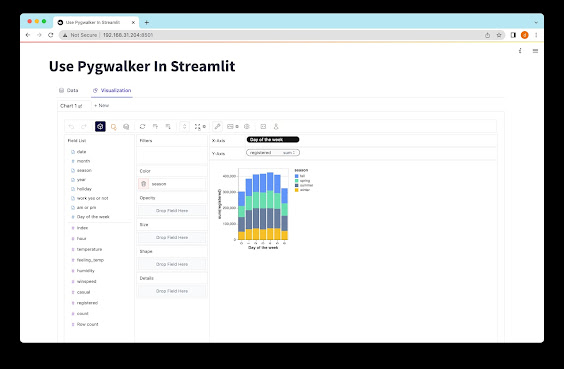Augmented Analytics: Revolutionizing Data Analytics
Data analytics is an essential aspect of decision-making in modern businesses. In today's digital age, data is abundant, and companies must analyze it to make informed decisions. However, traditional methods of data analysis are often slow and error-prone, making it difficult for businesses to gain insights from data. Augmented analytics is changing the game, enabling businesses to overcome these challenges and make faster, more informed decisions.
What is Augmented Analytics?
Augmented analytics refers to the use of advanced technologies like machine learning and artificial intelligence to enhance the analysis of data. It goes beyond traditional methods of data analysis that are manual and time-consuming. With augmented analytics, companies can analyze large data sets quickly, automate data preparation, and generate insights with higher accuracy that leads to more confident decision-making.
How Augmented Analytics is Revolutionizing Data Analytics
1. Automating Data Preparation
Before data analysts can analyze data, they need to prepare it, which is often a time-consuming and error-prone process. Augmented analytics automates data preparation, reducing the time and effort required to prepare data for analysis. It uncovers and consolidates relationships within data sets and then provide actionable insights that the analysts can use directly.
2. Improved Machine Learning
Machine learning is a core component of augmented analytics, and it has been improved through advances in algorithms, computing power, and availability of data. Augmented analytics utilizes machine learning to model complex behaviors and phenomena in the data that traditional methods may not detect. With Augmented Analytics, businesses can avoid delays and bottlenecks that may arise with manual data analysis, leading to more confident decision-making.
3. Predictive Analytics
Predictive analytics is a vital application of augmented analytics. It involves applying machine learning algorithms to historical data to model future outcomes or predictions. With predictive analytics, companies can gain valuable insights into potential outcomes, risk management, financial forecasting, etc. This insight provides a unique value to businesses, allowing them to make better, data-driven decisions that lead to financial gains and overall business growth.
4. Natural-Language Processing
Natural language processing (NLP) has seen significant improvements lately, particularly in deep learning algorithms. With NLP, augmented analytics can understand and analyze unstructured data, such as social media data, emails, chat messages, and customer reviews. Augmented analytics leverages NLP to analyze unstructured data accurately, providing more comprehensive insights beyond structured data analysis. Companies can now gain insights from social media feedback, and customer sentiments reactions towards their brand.
5. Democratizing Analytics
Augmented analytics also democratizes analytics by making it accessible to a broader audience within the organization. By automating data preparation, utilizing machine learning algorithms, and making data analysis easier, all employees can use augmented analytics to analyze data and gain insights. An example of democratizing analysis is analytics dashboards that provide overviews of critical metrics and KPIs to all employees.
Conclusion
Augmented analytics is changing the landscape of data analytics in modern businesses. It is revolutionizing traditional data analysis techniques to automate data preparation, provide more accurate insights with machine learning, predict outcomes, analyze unstructured data, and democratize the analysis process. As technology advances, augmented analytics will continue to offer new insights and benefit businesses across various sectors. That’s why it's crucial for businesses to adopt augmented analytics tools to gain a competitive edge in their industry and make informed decisions.

Comments
Post a Comment